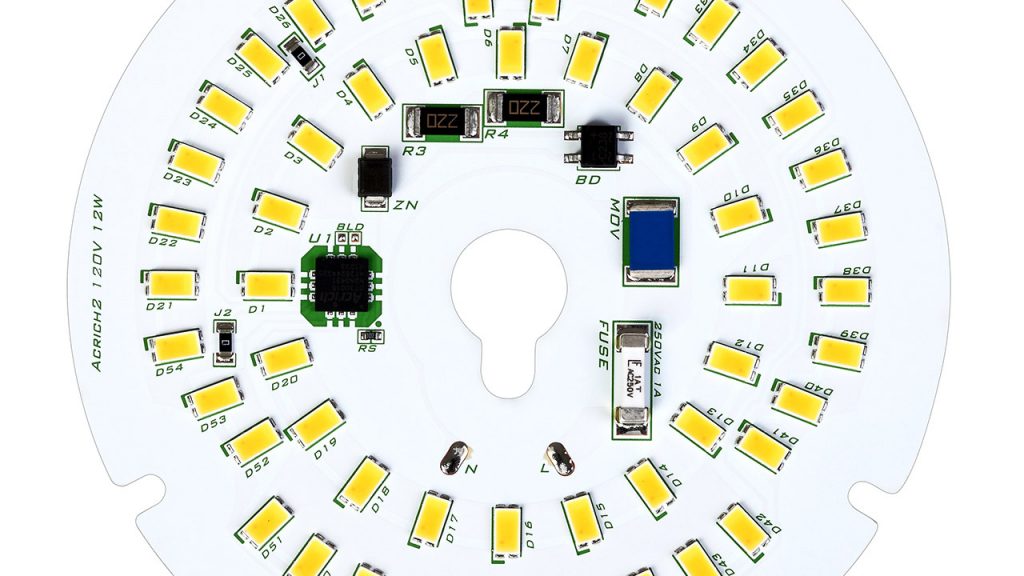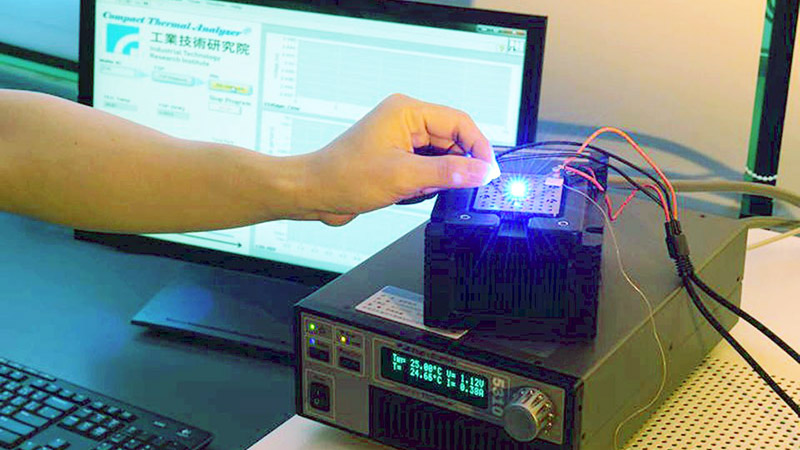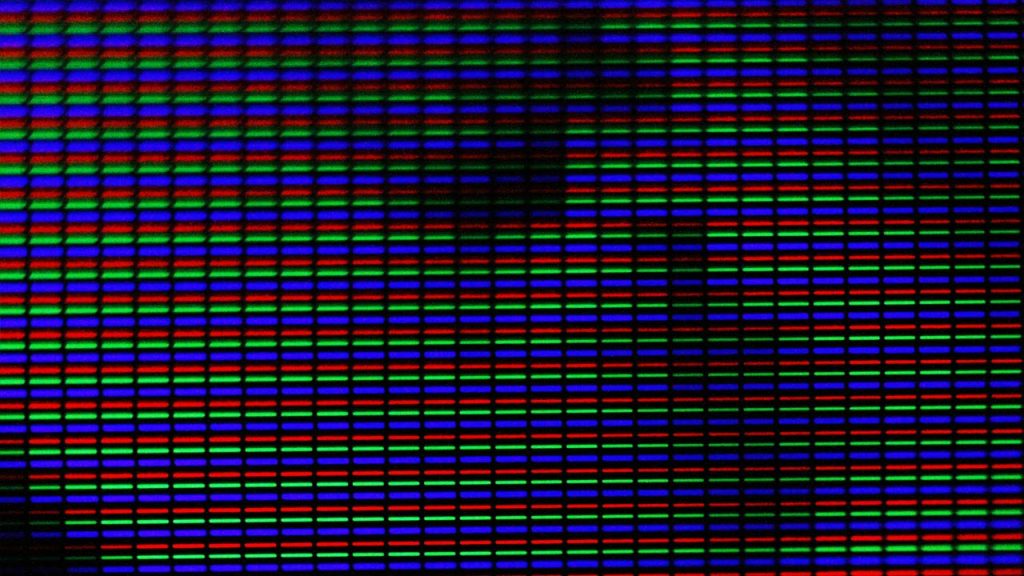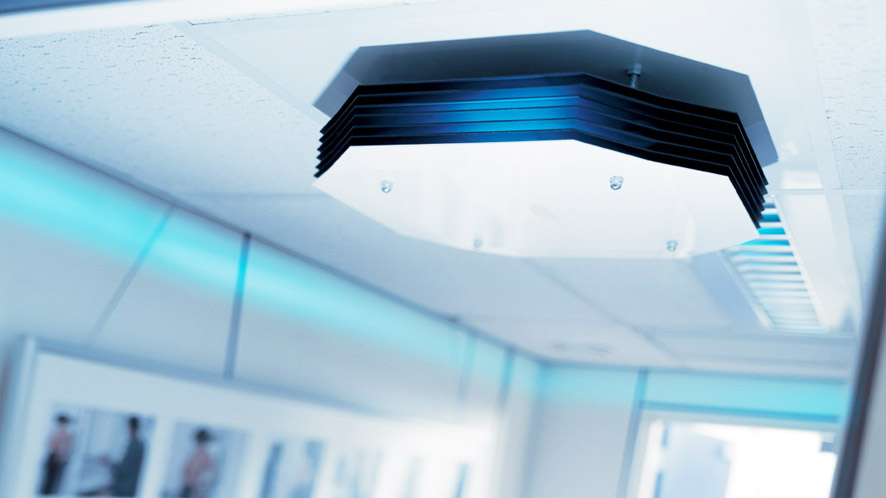Driverless AC LED Light Engines: Better Efficiency, No Flicker
Till date, LED lamps and luminaires have faced flicker issues due to several reasons, and AC/DC drivers is one of them. AC-LED technology may prove more cost effective and reliable compared to AC/DC designs. Now, with driverless AC-LED lighting solution, it is easy to make a product economical.

LED lighting manufacturers have been looking for a better LED driver solution that delivers better flicker performance. Till now, manufacturers have been reluctant to use AC or make an LED lighting driverless because in such a case, a flicker index of about 0.32 was always experienced. Customers also demand higher efficiency, lower cost, and no flicker in LEDs.
Till date, LED lamps and luminaires have faced flicker issues due to several reasons, and AC/DC drivers is one of them. AC-LED technology may prove more cost effective and reliable compared to AC/DC designs.
Now, with driverless AC-LED lighting solution, it is easy to make a product economical. Driverless AC-LED technology is a driver circuit for LED lighting, which is quite simpler than standard AC/DC driver. AC-LED light engines use higher frequencies, and delivers flicker index of 0.15, combined with a power factor of 0.9.
AC LED light engine is attractive because of its simple system, and relatively low cost for the luminaire designer. They are being used for several applications like decorative lighting, hallway lighting, parking lots and for a host of other applications.
A driverless AC-LED light engine’s circuit can achieve a power factor greater than 0.7—which is suitable for Energy Star specifications—and a flicker index of 0.28. This performance is suitable to the requirements of IEEE 1789-2015, the standard that makes recommendations about light flicker.
Driverless AC LED light engines use switching chips that have high voltage integrated circuit to smartly change the number of LEDs in a string during a power line cycle to make the voltage of the LED string match the instantaneous power line voltage.
In the AC LED light engines, the LED current is limited by resistance for some time, and limited by capacitance for the remaining time. As a result, in every power line half cycle, two pulses of current pass through the LEDs—first a pulse of displacement current passes, and then a pulse of galvanic current passes. There are four peaks in each complete power line cycle. As a result, the ripple can be at four times the power line frequency. For power levels below 5 W, it is possible to have continuous DC current with the entire ripple at four times the power line frequency.
At higher power levels with power factor of 0.7, the output LED current ripple has a higher flicker index compared to the conventional circuits, with 87% efficiency. It is also important to note that no expensive high voltage integrated circuits are required. Dimming can be achieved by varying the current level programmed for each stage of switching.
BizLED Magazine






